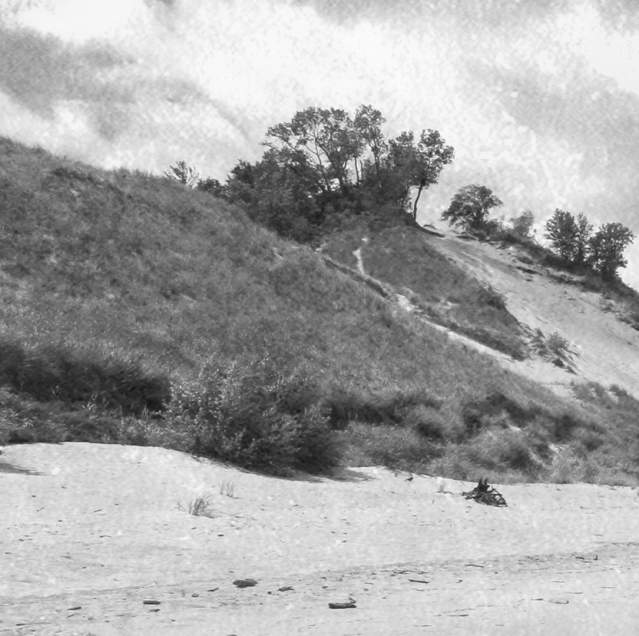History of the Indiana Dunes
13,000 years ago, during the last Ice Age known as the Wisconsin stage, glaciers retreated leaving behind the amazing Great Lakes along with the ground, boulders, gravel and sand that make up the Indiana Dunes. One of the most notable features are the towering dunes, but the glaciers also helped create dry and wet landscapes and a variety of habitats.
Diverse Landscapes
Henry Chandler Cowles
Across 15,000 acres, you can experience diverse landscapes including marshes, woodlands, moraines, dunes, bogs, ponds, savannas and prairies. The diversity attracted Professor Henry Chandler Cowles, a botanist from the University of Chicago, to the area as an outdoor laboratory and research model for his theories on the subject of ecology. His studies gained international attention on the ecosystems existing in the dunes.
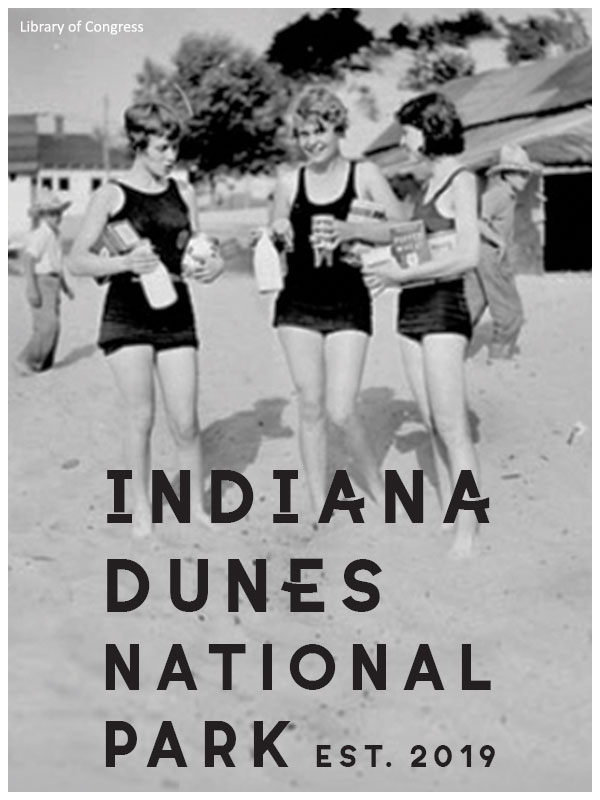
Becoming a National Park
In 1899, Cowles and members of the Prairie Club started the movement to create the Indiana Dunes National Lakeshore. After nearly 60 years of war and economic exploitation, Illinois Senator Paul H. Douglas and resident Dorothy Buell picked up the mantle and worked diligently to preserve 8,330 acres of land and water.
Subsequent expansions have increased the size of the park to 15,000 acres for recreating, hiking, biking, swimming and exploring.
Most recently, in February 2019, legislation passed to make the Indiana Dunes National Lakeshore the 61st National Park! More than three million visitors explore the diverse landscapes found at the Indiana Dunes National Park annually.

Living History
The Bailly Homestead, a National Historic Landmark, was once home to Joseph and Marie Bailly, one of the earliest European families in northern Indiana. Bailly’s trading post was the only stopping place for travelers between Chicago and Detroit in the 1800s. It is the last remaining site of its kind in the region.
In the 1870s, the Chellberg Family bought 80 acres at this site and started to tap the surrounding maple trees for maple syrup. Immerse yourself in history at the annual Maple Sugar Time in early March, featuring the American Indian method, pioneer method and the modern method of maple sugaring. Chellberg Farm and Bailly Homestead are also open Sunday afternoons during the summer. Trails through the farm will lead you along the Little Calumet River and the restored Mnoké Prairie.
Grandfather of Flight
Many don’t know the hilly mounds of sand at Miller Beach were the birthplace of flight. Octave Chanute, a French engineer, became a tireless champion of the invention of the airplane and conducted flying tests at the dunes.
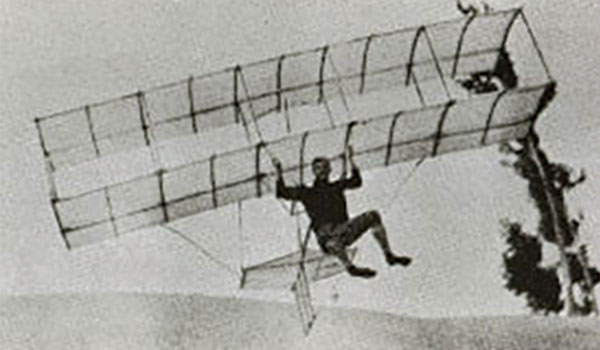
In 1896, Chanute began his search for automatic flight control by designing and building a series of gliders that flew successfully along the shores of Lake Michigan. His experiments inspired a number of individuals — including Orville and Wilbur Wright. Chanute was enshrined in 1963 into the National Aviation Hall of Fame.
You can visit the location of the original experiments at the historic Aquatorium at Marquette Park and Beach. The Aquatorium honors Chanute and the Tuskegee Airmen, the first African American military aviators in the United States Armed Forces. The building’s second floor includes an open-air gallery to view the Great Lake and is a National Historic Landmark.
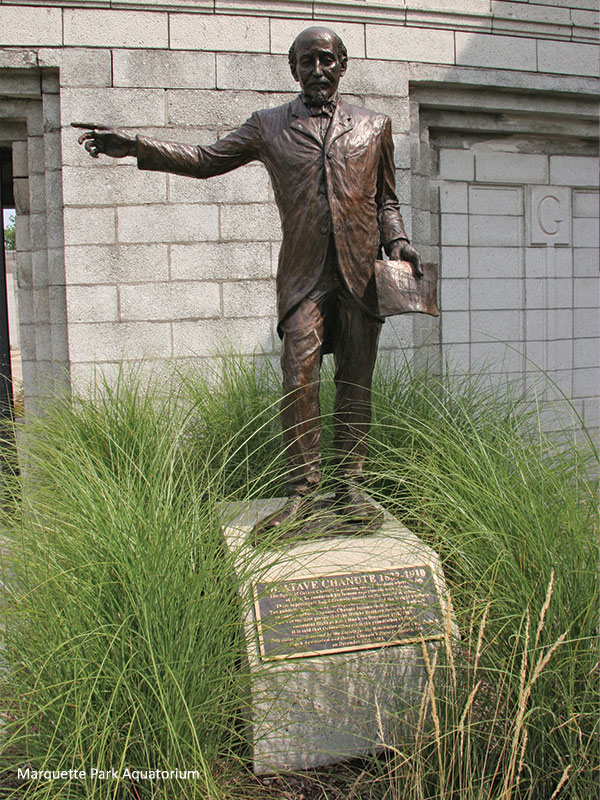

Century of Progress
Architectural District
Along Lake Front Drive, you will find five homes, once part of the Homes of Tomorrow exhibit at the 1933 Chicago World’s Fair Century of Progress. Developer Robert Bartlett purchased the houses to attract buyers to his new resort community in Beverly Shores, IN. The homes were moved by barge across the lake in the winter of 1935.
All of the Century of Progress homes are listed in the National Register of Historic Places. They are currently owned by the National Park Service and leased to Indiana Landmarks; they are sublet by private individuals who are restoring them.
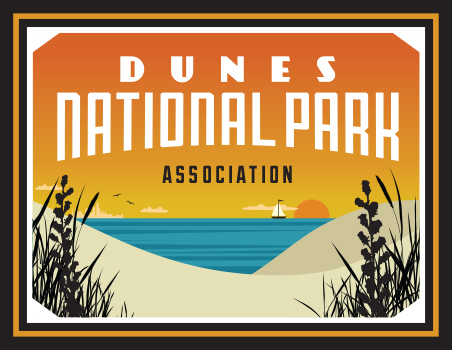
Donate to the Dunes
Celebrate the 61st National Park with a donation of $61. Every contribution helps preserve the park's natural beauty and provides resources for enhancement.
Visit dunesnationalpark.org to get involved.
Visit the Indiana Dunes

Request More Information
Would you like more information about the South Shore and the Indiana Dunes? Use the links below to request an area guide be mailed to you, download our Indiana Dunes brochure, join our e-newsletter list or sign up for text alerts.
• Sign me up for Email Newsletters



